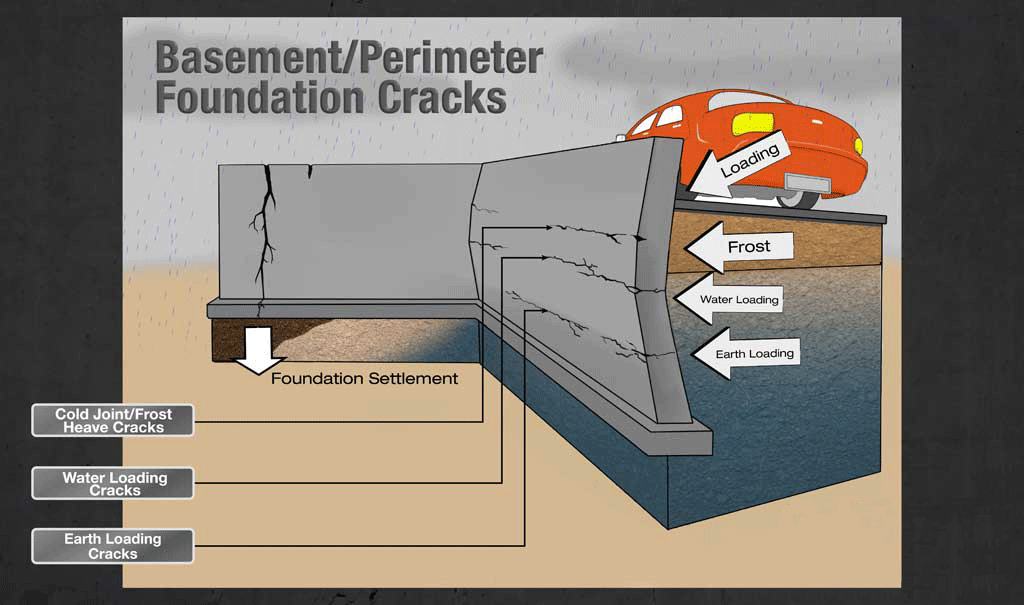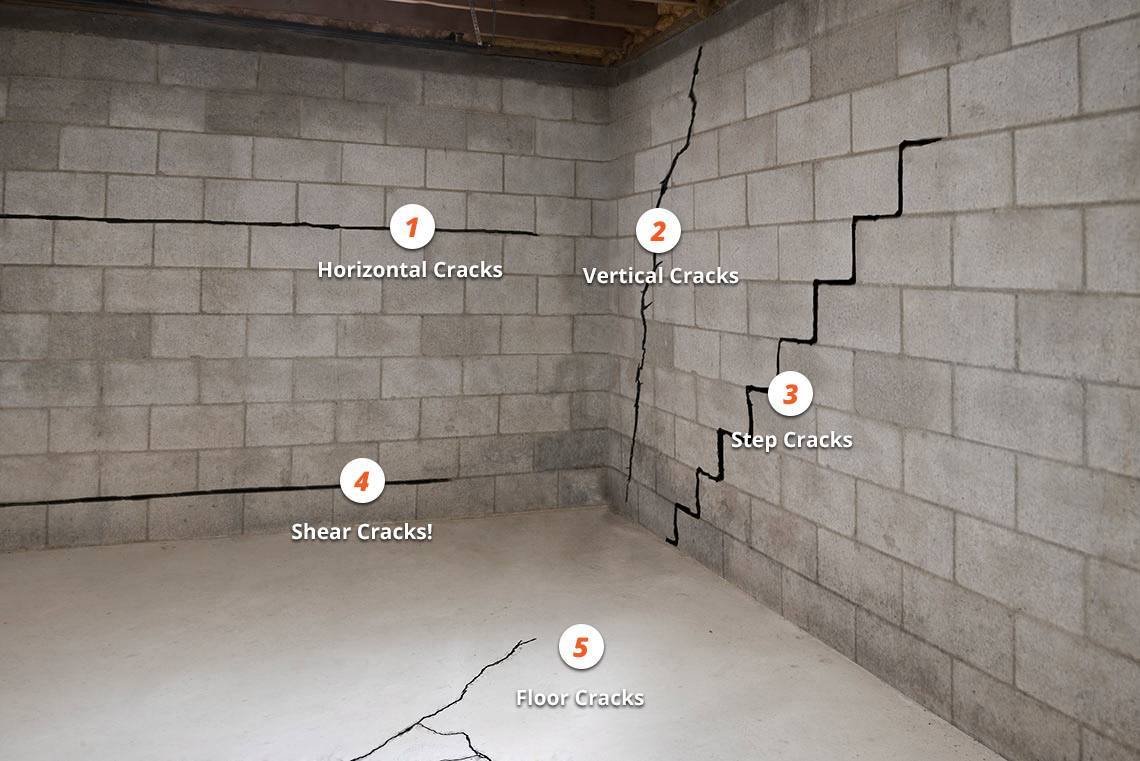
The repair is quick and is therefore inexpensive. Injection ports are attached to the surface and a paste is applied over the crack surface. This cures and forms a strong seal to hold the injected epoxy or polyurethane in place. Then the liquid epoxy or polyurethane resin is injected into the crack. Once inside the crack, the soil on the exterior and the surface paste on the interior holds the liquids in place as they react. And then the repair is complete!
Such is true with your home and its foundation. Cracks in your home foundation can lead to serious structural problems, including water leakage which causes damp or flooded basements, requiring additional steps to be taken for waterproofing your home. There are many masonry patching products on the market, and while many foundation repair contractors will use these products, they won’t provide you the long-lasting protection you need to fully seal the cracks.

You may have improper footing dimensions. When building your home, the weight may not have been factored in for the soil type on your lot.
Changes in temperature and moisture can cause the soil around your home to expand and contract, adding pressure around and under your foundation. This is also called an “Active Zone”.
When the foundation’s structural integrity is compromised by either a large/wide crack or the buildup of multiple cracks within the same area, the added strength of epoxy injection is necessary. With the injection of epoxy into a foundation crack, the result is a repaired crack with concrete that is bonded together, and now significantly stronger than the existing foundation wall.
Horizontal cracks in the foundation, or wall cracks wider than a quarter of an inch are general hints that the crack may be structural. Structural cracks typically form as a result of wall movement from thermal changes, uneven loading and settling of the footing, soil pressure and/or soil shrinkage.
A foundation wall crack that has developed simply because of concrete shrinkage or freeze-thaw temperature changes or a minor ground settlement and has since subsided.
